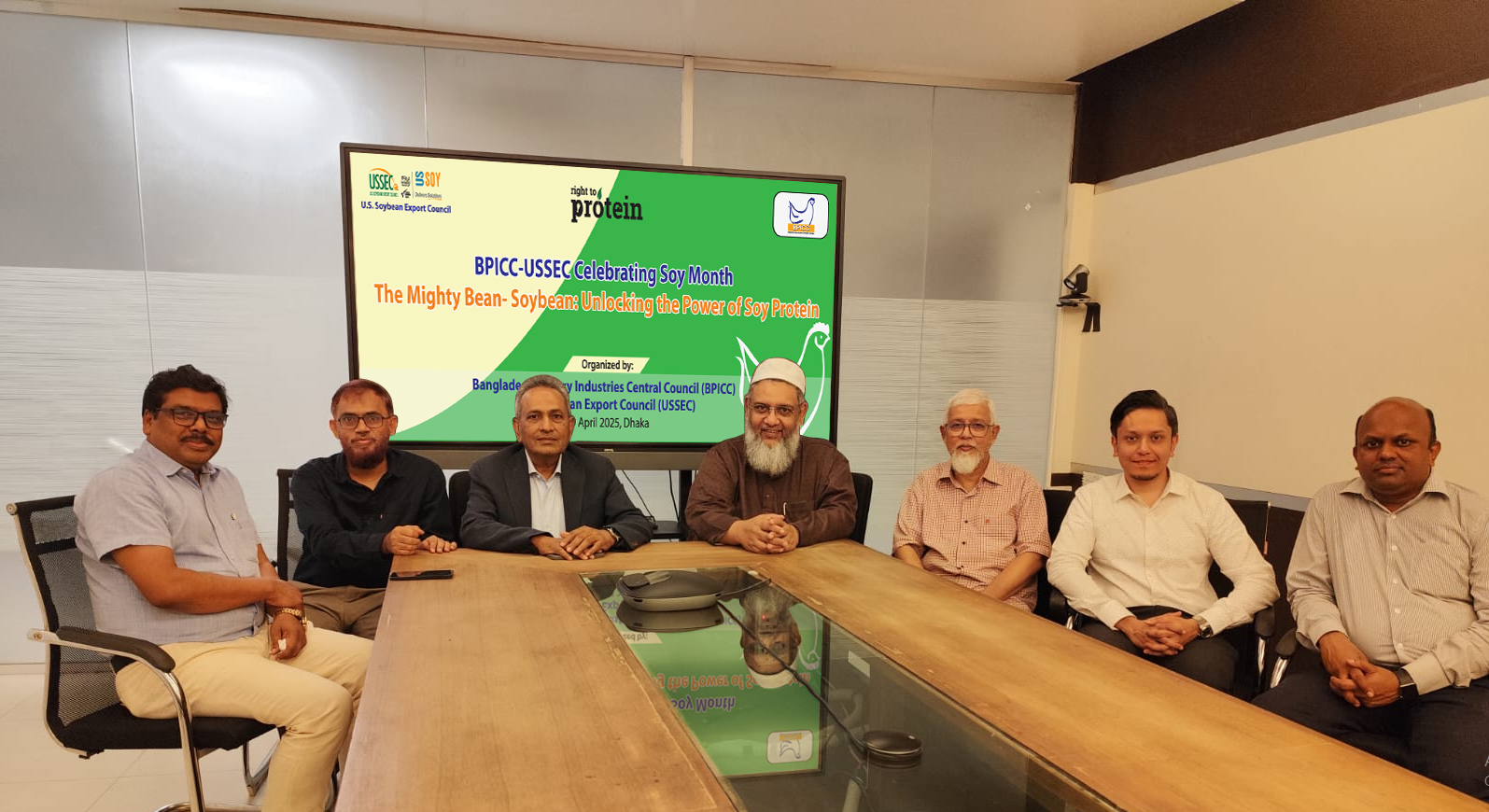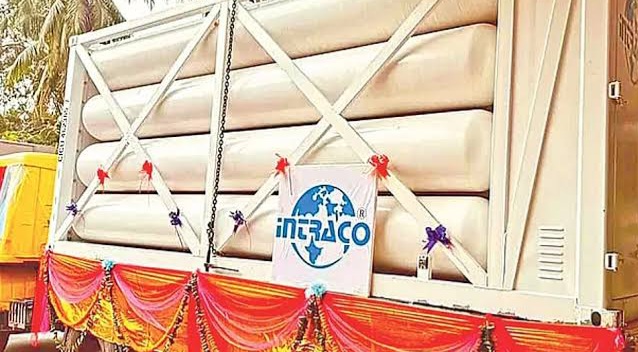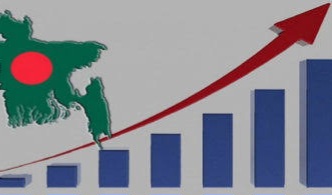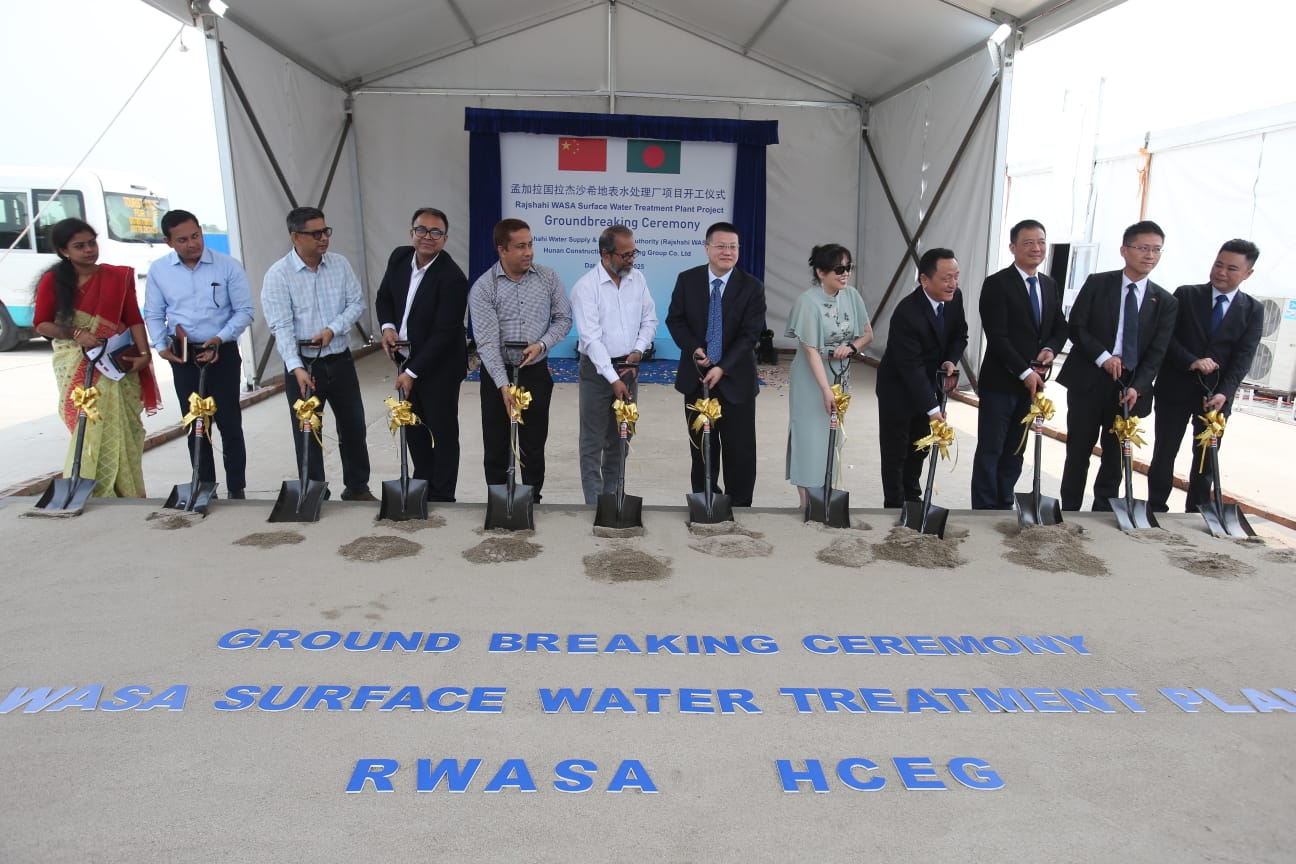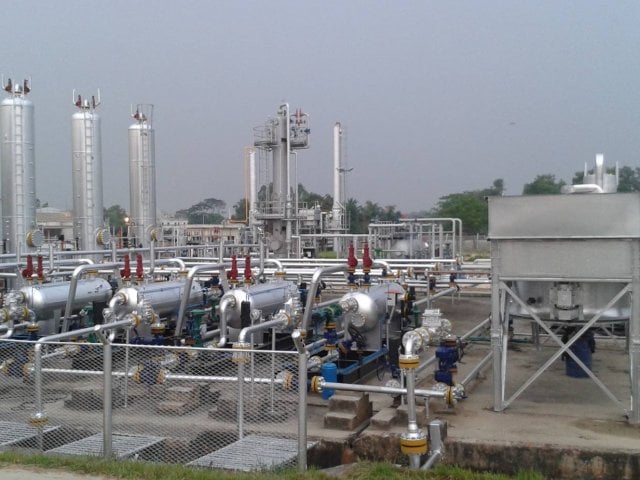
As US trade pressures, Asian economies including Bangladesh—are increasingly turning to American liquefied natural gas (LNG) imports to offset trade deficits. However, energy experts warn this strategy could backfire, locking countries into volatile markets while undermining renewable energy progress, remarks in a statement issued on Sunday.
The global energy analysts said Facing mounting US tariffs on solar imports — some reaching up to 3,521% — Southeast Asia’s clean energy sector is under new pressure. Simultaneously, countries such as Bangladesh, India, Vietnam, and the Philippines are signing long-term LNG deals with US suppliers.
In January, Bangladesh singed a major Memorandum of Understanding with Louisiana-based Argent LNG, and earlier this month, Bangladesh’s interim chief adviser Muhammad Yunus pledged to US President Donald Trump to help close trade deficits through LNG imports.
However, energy experts caution that US LNG contracts will expose South and Southeast Asian nations to higher costs and market volatility without solving underlying energy security challenges.
Khondaker Golam Moazzem, Research Director at Centre for Policy Dialogue (CPD), argues that increased US LNG imports could undermine Bangladesh’s energy sector. “Instead of promoting energy security, such moves may drive financial unsustainability and delay the country’s green transition,” he said.
The statement mentioned a new study by research group Ember highlights Asia’s vulnerability to fossil fuel import risks. Countries like Thailand, Korea, and Pakistan spend over 5% of their GDP on fossil imports. Meanwhile, the growing costs of LNG could exacerbate national debts and hinder progress toward renewable energy goals.
Experts argue that clean energy holds greater promise for Asia’s future. Southeast Asia possesses vast untapped potential in solar and wind power, with over 99% of its capacity still unrealised. Despite the disruptions caused by US tariffs, analysts believe regional cooperation could help clean energy industries survive and even thrive.
“Emerging economies are projected to account for 70% of new solar PV installations and 60% of new wind capacity globally by 2030,” noted Lauri Myllyvirta of the Centre for Research on Energy and Clean Air.
The clean energy sector also offers resilience against geopolitical shocks. “Southeast Asian countries should prioritize building strong domestic markets for renewables rather than locking into expensive LNG deals,” said Christina Ng of the Energy Shift Institute.
Regional voices are increasingly emphasizing a pivot away from US-centric trade dependence. Muhammad Basit Ghauri of Renewables First pointed out that global south markets, particularly Africa and South America, are rapidly expanding clean energy demand — creating fresh opportunities for Asia’s manufacturers.
Meanwhile, concerns grow about stranded investments if countries like Thailand or Bangladesh overcommit to LNG infrastructure. Analysts warn that a changing global energy landscape, with falling renewable costs and shifting climate policies, could leave expensive LNG terminals underutilized within a decade.



